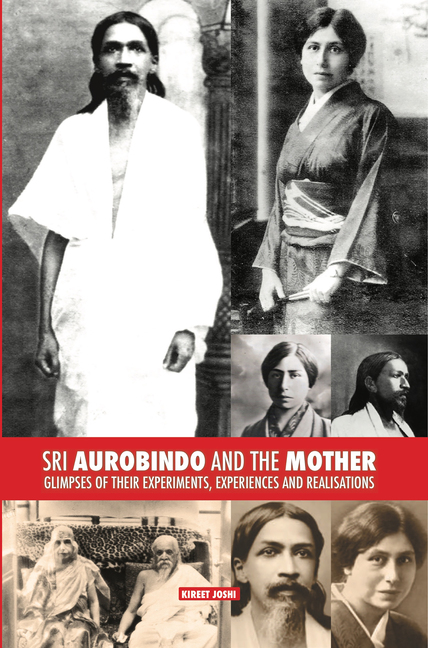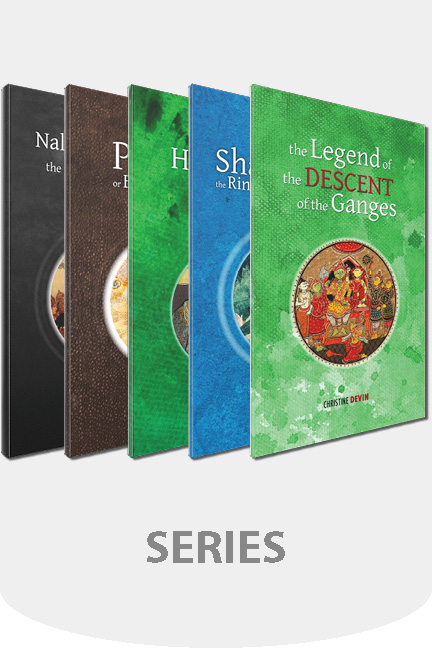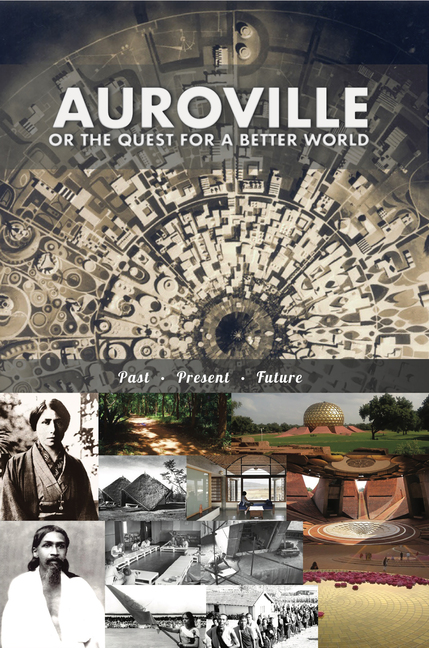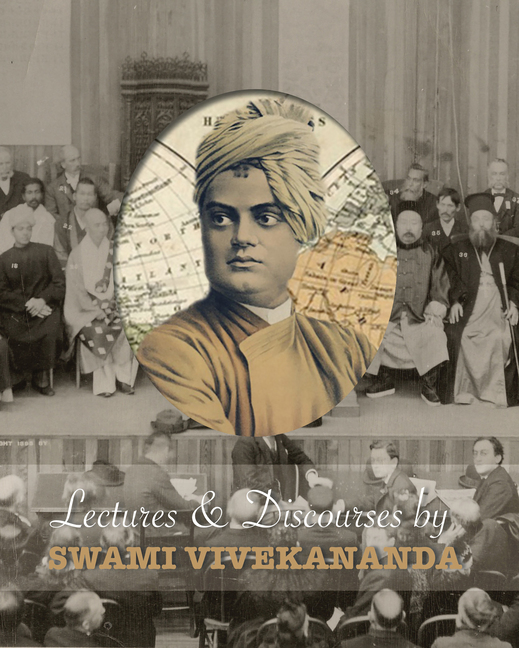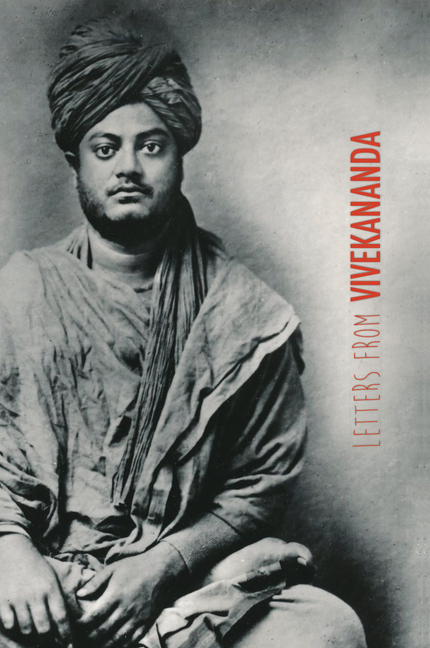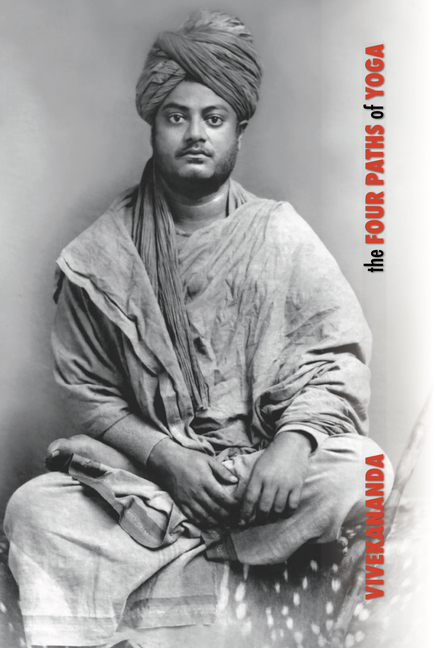20 Feb Shakuntala or the Ring of Remembrance
The story of Shakuntala, as recounted by Kalidasa, the great Indian poet of the first century BC, is the story of a transformation. Through painful trials two characters grow. Love, born in the paradise of childhood and innocence, is regained, transmuted and magnificently widened, in another paradise that one could call divine. In this regard one should note the parallels of the two journeys of the King.
As there are two chariots, a terrestrial and a heavenly one, so there are two journeys: one through the forest that leads the King to a world of marvellous purity, and the other through the regions of the sky that brings him to a universe of light. From the union of the two is born Bharat, “the support of the worlds”, the king who gave his name to India, that is to say Bhârat.
All who love India, we would like to imagine, will be charmed by the idea that the origin of this country’s name lies in this story of Shakuntala, that is so suffused with magical light.
Kalidasa, the great Sanskrit dramatist, was hailed by none other than Sri Aurobindo as “the great, the supreme poet of the senses”. His creative genius expressed itself in a style that still captures our imagination: “The delight of the eye, the delight of the ear, smell, palate, touch, the satisfaction of the imagination and taste are the texture of his poetical creation, and into this he has worked the most beautiful flowers of emotion and intellectual or aesthetic ideal. The scenery of this work is a universal paradise of beautiful things. All therein obeys one law of earthly grace; morality is aestheticised, intellect suffused and governed with the sense of beauty. And yet this poetry does not swim in languor, does not dissolve itself in sensuous weakness; it is not heavy with its own dissoluteness, heavy of curl and heavy of eye-lid, cloyed by its own sweets, as the poetry of the senses usually is. Kalidasa is saved from this by the chastity of his style, his aim at burdened precision and energy of phrase, his unsleeping artistic vigilance.”
This series, Tales and Legends of India, was originally started with the aim of providing the modern reader with a glimpse of the fascinating, but infinitely complex world of Indian sensibility. Today’s mind is at times taken aback by the superimposition of different worlds in the old Indian stories. This characteristic is not the fruit of a labored aestheticism, but is the sign of a mentality that always tries to describe terrestrial life not in outer terms, but in terms of what it hides. It is a mentality that sees the field of human action as always surrounded and influenced by other forces that one could qualify as cosmic in nature. For the Greek spirit the light of the sun is its natural atmosphere, but for the ancient Indian spirit the sun is a golden veil that hides wonders that it desires ardently to possess. Ours is not a scholarly venture but an attempt to suggest through certain stories, told in as living and simple a language as possible, a key to understanding the culture and genius of India.
TECHNICAL INFORMATIONS
Page count
84
Format
5 x 8 in
ISBN
Paperback: 9781788944298
Hardback: 9781788944304
Price (suggested, in USD)
Paperback: 12.90
Hardback: 19.90
SALES OUTLETS
LOOK INSIDE
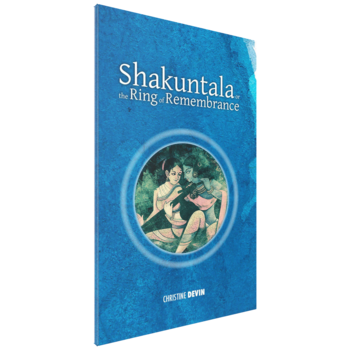

Sri Aurobindo and the Mother
An account of the inner heart and core of the task that Sri Aurobindo and The Mother place...
Tales and Legends of India
Tales and Legends of India aims to provide the modern reader with a glimpse of the fascina...
Auroville or the Quest for a Better World
Auroville, 1968, an elderly woman who had not left her room for a long time invites young ...
Lectures and Discourses
Over 300 lectures, discourses, conversation and dialogues, interviews as well as lecture n...
Letters From Vivekananda
In this monumental volume, not only can one follow Vivekananda around the world, from Indi...
The Four Paths of Yoga
Vivekananda’s guide to the Spiritual Paths and practitioner’s guide to the four spirit...




